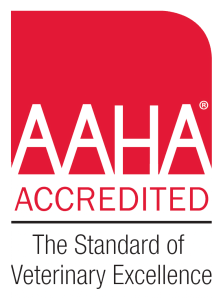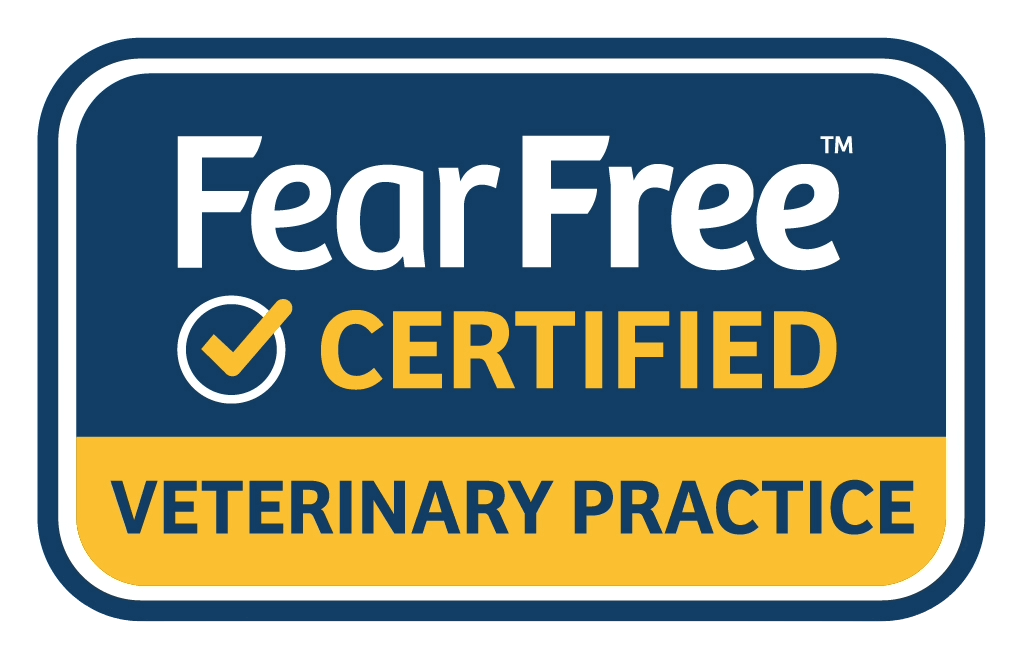Blue Oasis Pet Hospital has the expertise to perform a wide range of soft tissue surgeries to help your family dog or cat. Surgical procedures performed in our hospital include the following:
Ophthalmic Procedures
Ophthalmic procedures are surgical procedures performed around the eyes.
Common symptoms of ocular conditions that lead to the need for a surgical correction are persistent winking, tearing, red or cloudy eye, enlarged globe, or tumors:
- Enucleation: the removal of an eye due to advanced disease, tumor, or trauma.
- Eyelid Tumor Wedge Resection or H-plasty: wedge resection or H-plasty are two different eyelid tumor removal techniques that may be utilized to remove an eyelid mass attached to an eyelid.
- Entropion Correction/Blepharoplasty: a surgical procedure that removes skin near the eyelid margin to resolve eyelashes that are rubbing on the cornea
Nasal Procedures
Nasal procedures are surgical procedures performed on the nose. Common symptoms of nasal disease requiring surgery include exercise fatigue and loud upper airway noise while breathing:
- Stenotic Nares Wedge Resection: stenotic nares is a common condition in brachycephalic dog and cat breeds and a wedge resection removes a portion of the nose in order to open the nostrils.
Thyroidectomy
A thyroidectomy is the removal of an enlarged thyroid gland often related to feline hyperthyroidism.
Tumor Removal
A tumor removal is the removal of a mass on the skin or under the skin.
- Cryotherapy: the use of a cryopen device to freeze a mass from the skin or eyelids
- Lumpectomy: surgically removing a tumor from the skin or under the skin in the fatty layer of the body
- Cyst Drainage or Removal: draining the fluid from a cyst than following up on removal of the lining
Gastrointestinal Surgery
Gastrointestinal surgery is performed on the digestive tract. Common symptoms of gastrointestinal disease include persistent vomiting, prolonged anorexia, marked weight loss, abdominal pain.
- Gastrotomy: surgery performed within the stomach. Often to remove foreign material
- Enterotomy: surgery performed on the intestines to collect a biopsy or remove foreign material
- Intestinal resection and anastomosis: the removal of a portion of the intestine due to advanced disease
- Gastropexy: permanent attachment of the stomach to the abdominal wall to prevent rotation of the stomach. Often performed to prevent GDV in at risk breeds
Splenectomy
A splenectomy refers to the removal of the spleen. Splenectomies are often performed due to a bleeding mass or tumor found in the spleen.
Reproductive Procedures
Reproductive procedures refers to surgeries performed on the reproduction system of dogs and cats to prevent pregnancy.
- Ovariohysterectomy (aka spay): removal of ovaries and uterus
- Castration (aka neuter): removal of testicles
- Cryptorchid Correction: removal of an undescended testicle
- Vulvoplasty/Episioplasty: surgical correction to resolve a recessed vulva
- Pyometra Correction: an infected uterus is called a pyometra. A pyometra is corrected via an emergency ovariohysterectomy.
- Mastectomy: the removal of a single mammae or multiple mammae called a chain mastectomy
- Cesarean section: the removal of puppies or kittens from the uterus
Lower Urinary Tract Surgical Procedures
A lower urinary tract surgery refers to a surgery that needs to be performed on the urinary tract including the bladder or urethra. Common clinical signs of lower urinary tract disease include straining to urinate, frequent urination, or bloody urine.
- Cystotomy: surgical incision made into the urinary bladder to remove bladder stones
- Urethrostomy: surgical incision made into the urethra to remove an obstructive stone
Toe Amputations
An amputation of the toe is the removal of a toe. Common reasons a toe may need to be removed are due to a tumor, persistent lameness due to a non-healing wound or deep infection.
Preparing for Surgery
Our team takes every precaution so that your pet receives safe anesthesia. Before surgery, we perform a pre-anesthetic exam and blood testing. We use a very safe gas anesthesia to ensure the safety of your pet. During anesthesia, your pet will receive electronic monitoring of heart rate, ECG, temperature, oxygenation, blood pressure and personal monitoring. All pets receive pain management both during and after surgery.
We want you to be comfortable with any procedure that we do. We allow pet parents to watch any surgical procedure. You can be with your pet throughout the entire process.
If you have any questions about our services, please contact us today at (615) 975-2583.



